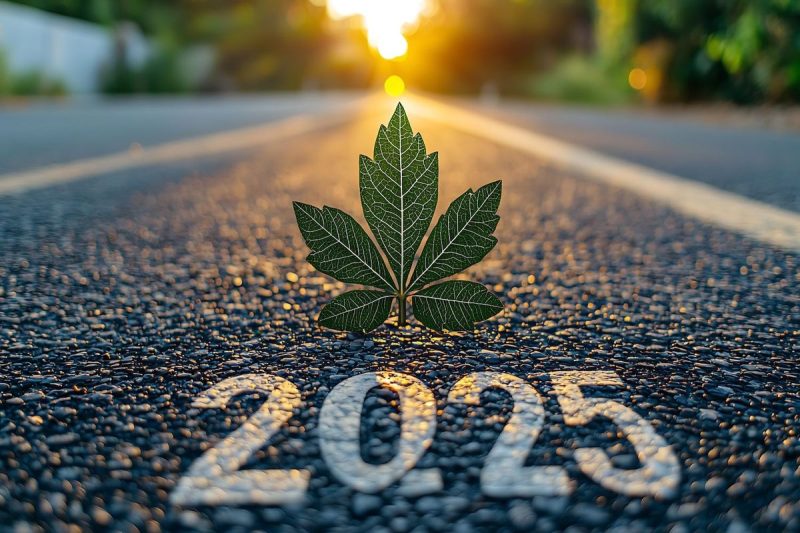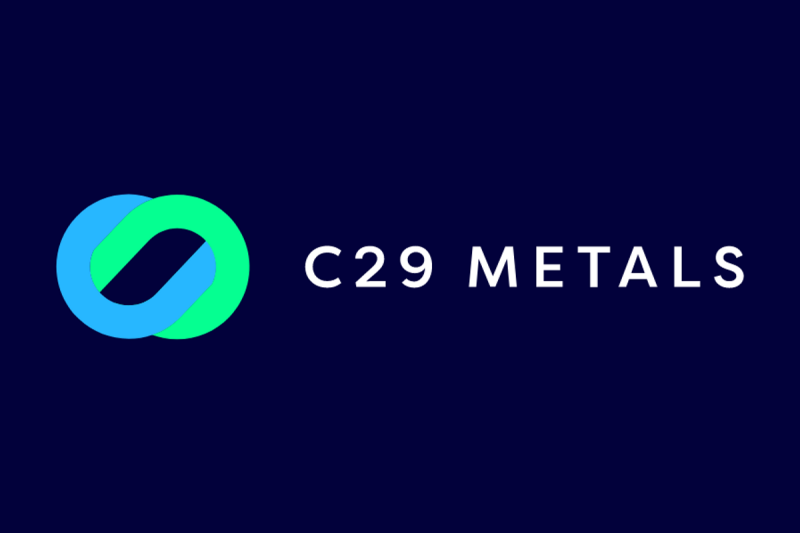
Scientists have discovered an estimated US$540 billion worth of lithium beneath California’s Salton Sea, a finding that could reshape the global energy market and reduce US reliance on foreign lithium supply.
The Salton Sea, located in Southern California’s Imperial County, has long been considered an environmental concern due to its receding shoreline and rising air pollution.
Now, researchers funded by the US Department of Energy have confirmed the area holds approximately 18 million metric tons of lithium — far more than previous estimates of 4 million metric tons.
“This is one of the largest lithium brine deposits in the world. This could make the United States completely self-sufficient in lithium and stop importing it through China,” the Daily Galaxy quotes Michael McKibben, a geochemistry professor at the University of California, Riverside, as saying in a Monday (March 24) article.
With global demand for lithium surging due to the rise of electric vehicles and renewable energy storage, California officials are viewing the discovery as a potential economic windfall.
Governor Gavin Newsom has dubbed the Salton Sea region the “Saudi Arabia of lithium,” underscoring its potential to dominate the supply chain for battery production. Local officials have also branded the area as “Lithium Valley,” hoping to generate new revenue streams and job opportunities for Imperial County, one of California’s poorest regions.
Currently, talk is circulating about plans to allocate 80 percent of the revenue from lithium extraction to local development, which could significantly improve infrastructure and public services.
Despite the economic promise, extracting lithium from the Salton Sea’s geothermal brine presents challenges.
The process involves pumping lithium-rich brine from deep underground, separating the lithium and re-injecting the liquid back into the earth. While this technique is considered more environmentally friendly than traditional open-pit mining, it still raises concerns over water consumption, air quality and potential harm to Indigenous lands.
The Colorado River, a critical water source for California, is already facing shortages, and large-scale lithium extraction could further strain the region’s limited water resources.
Additionally, the Salton Sea’s receding lakebed has led to increased levels of toxic dust in the air, which has been linked to rising asthma rates among local residents. Mining operations could exacerbate these public health risks, making environmental safeguards a critical component of any development plans.
Adding to the complexity of lithium extraction is an evolving geopolitical landscape. China, the world’s largest lithium producer, has recently taken steps to tighten control over its battery technology exports.
Jiangsu Jiuwu Hi-Tech (SZSE:30063), a Chinese firm, announced in February that it would halt exports of a key lithium-processing component known as a sorbent. Sorbents are crucial in lithium extraction from brine, and export restrictions could disrupt supply chains for US and European companies looking to develop alternative lithium sources.
The US, the European Union and allied countries have accelerated initiatives such as the Minerals Security Partnership, launched in 2022, to secure alternative sources of lithium and other essential materials.
Securities Disclosure: I, Giann Liguid, hold no direct investment interest in any company mentioned in this article.










